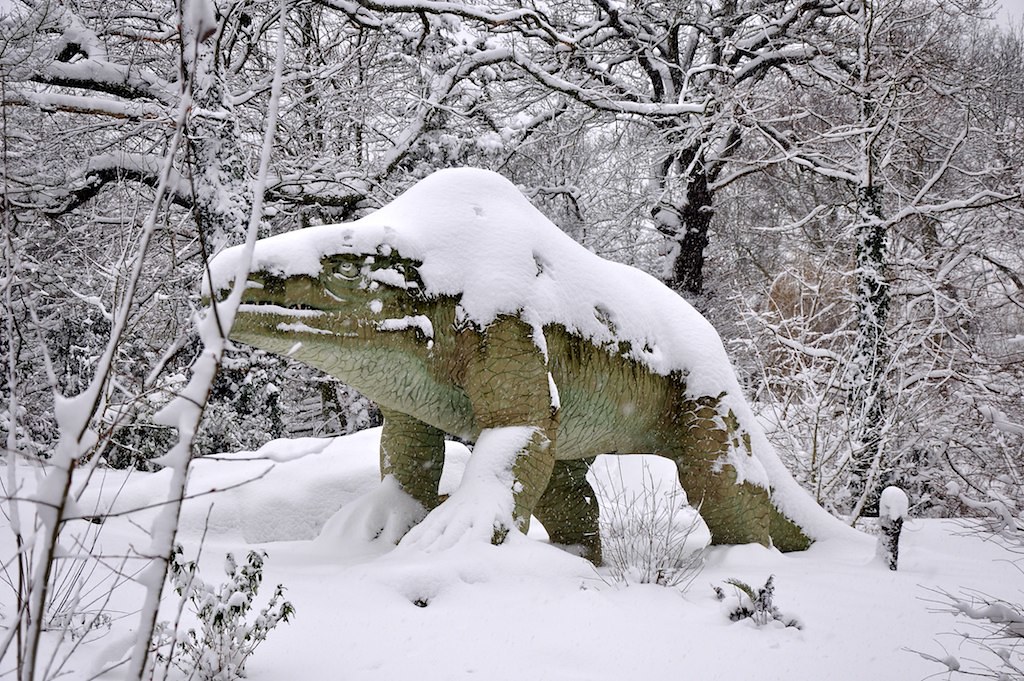Picture this: a massive T-rex stalking through snow-covered forests, its breath visible in the frigid air, feathers ruffled against the biting cold. It sounds like pure science fiction, right? For decades, we’ve imagined dinosaurs basking in tropical warmth, surrounded by steamy jungles and endless summer heat. But here’s the jaw-dropping truth that’s been hiding in the rocks all along – some dinosaurs actually thrived in conditions that would make a polar bear think twice about going outside.
Recent groundbreaking discoveries have completely shattered our cozy assumptions about prehistoric life. We’re talking about dinosaurs that didn’t just survive occasional cold snaps, but actually lived year-round in places where winter darkness stretched for months and ice formed regularly on ancient lakes. These weren’t just brief visits to chilly regions – these were permanent residents of some seriously harsh neighborhoods.
When Dinosaurs Walked Through Winter Wonderlands

The fossil evidence doesn’t lie, and it’s telling us an incredible story. According to some research, dinosaur footprints discovered in northern China in rock layers with possible geological signatures of cold conditions have provided evidence that these ancient giants actually stomped through snowy landscapes.
These aren’t random tracks either – they’re scattered throughout rock layers that scream “winter was here.” Imagine trying to survive in a place where there would have been ice and snow in the three-month-long, dark winters, and you’ll start to appreciate just how tough these creatures really were. Alaska’s North Slope has revealed entire dinosaur communities that somehow made it work in conditions that would challenge even our best winter survival gear.
The Feathered Winter Coats Nobody Expected

Here’s where the story gets absolutely wild – dinosaurs had their own version of winter jackets. Dinosaur ‘proto-feathers’ would have been used for insulation. The discovery of ‘proto-feathers’ at Koonwarra therefore suggests that fluffy feather coats might have helped small dinosaurs keep warm in ancient polar habitats. We’re not talking about the flight feathers you see on modern birds, but honest-to-goodness insulating fluff.
The most mind-blowing part? A cache of approximately 125 million-year-old fossilized dinosaur and bird feathers has been recovered from an ancient lake deposit that once lay beyond the southern polar circle. These weren’t tropical creatures who accidentally wandered into the cold – they were purpose-built for polar living. Their feathers were like nature’s first down jackets, trapping warm air close to their bodies and giving them a serious advantage when temperatures plummeted.
Polar Dinosaur Neighborhoods That Thrived

Perhaps some of the best evidence for some dinosaurs inhabiting wintry wonderlands is their presence in polar regions. Particularly, southwest Australia, New Zealand, Alaska, and Antarctica. These weren’t just occasional visitors passing through during warmer seasons – entire ecosystems were humming with activity right at the poles.
In Alaska alone, scientists have uncovered evidence of horned dinosaurs, tyrannosaurs, duckbilled dinosaurs, raptors and more that lived within the Arctic Circle. Picture massive herds of duck-billed dinosaurs munching on hardy vegetation while dodging attacks from cold-adapted predators. The diversity is staggering – it’s like discovering an entire lost world that nobody thought could exist.
The Great Polar Adaptation Mystery
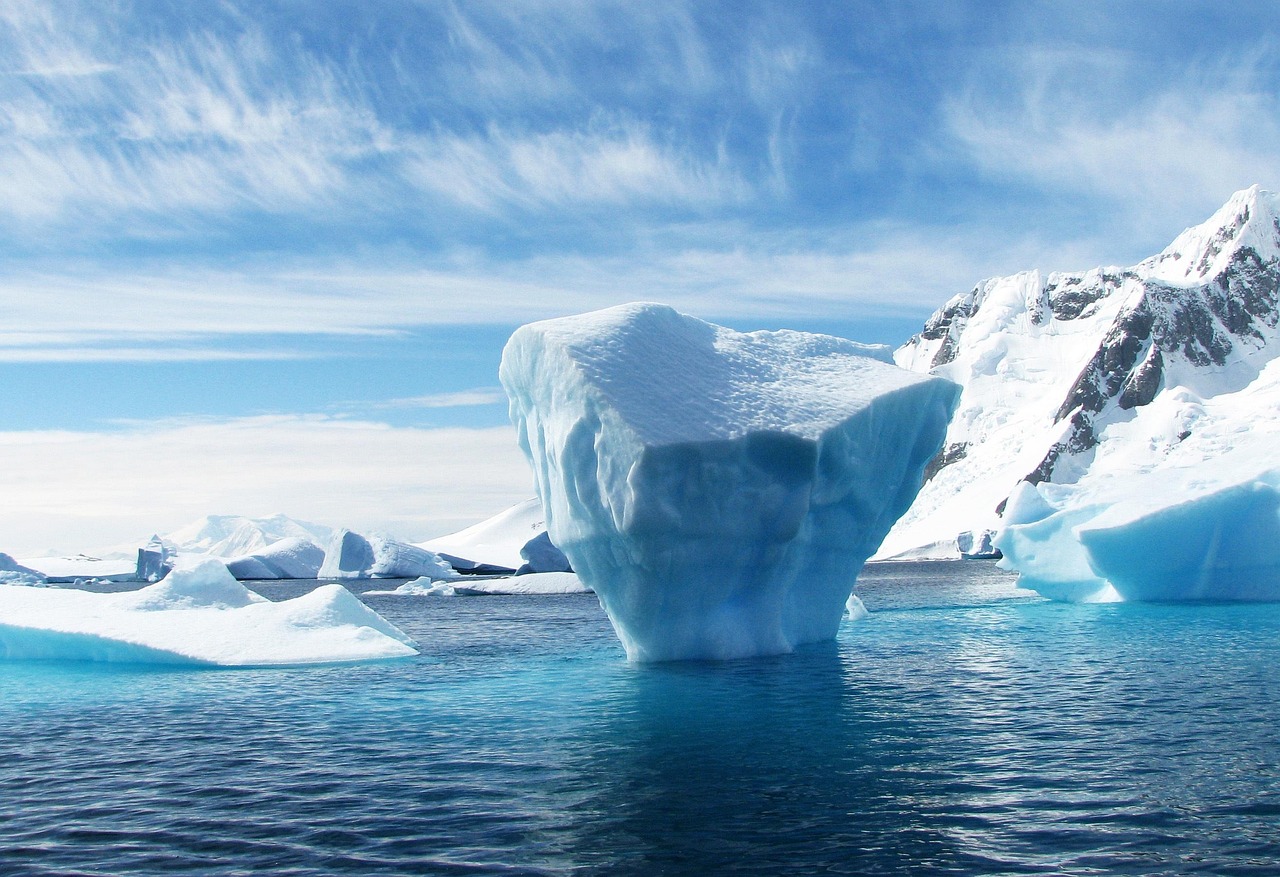
What’s truly fascinating is how different dinosaur groups handled the cold differently. Which types of dinosaurs are found in cooler places, as opposed to those that are missing, offers some insights into which dinosaurs were better able to cope with or adapt to the long polar nights. Theropods, ornithopods, ankylosaurs? No problem. You find them at heaps of sites throughout Victoria. These types of dinosaurs could withstand the cold and dark months. But long-necked, plant-eating dinosaurs called sauropods that lived at the same time are missing from the same sites, which suggests that they were not able to survive or adapt to the colder environments.
This selective survival tells us something incredible about dinosaur biology. The missing sauropods – those gentle giants we love from movies – apparently couldn’t hack it in the cold. But the smaller, more agile dinosaurs? They were absolutely crushing it in conditions that would make your winter camping trip look like a tropical vacation.
Underground Bunkers and Survival Strategies
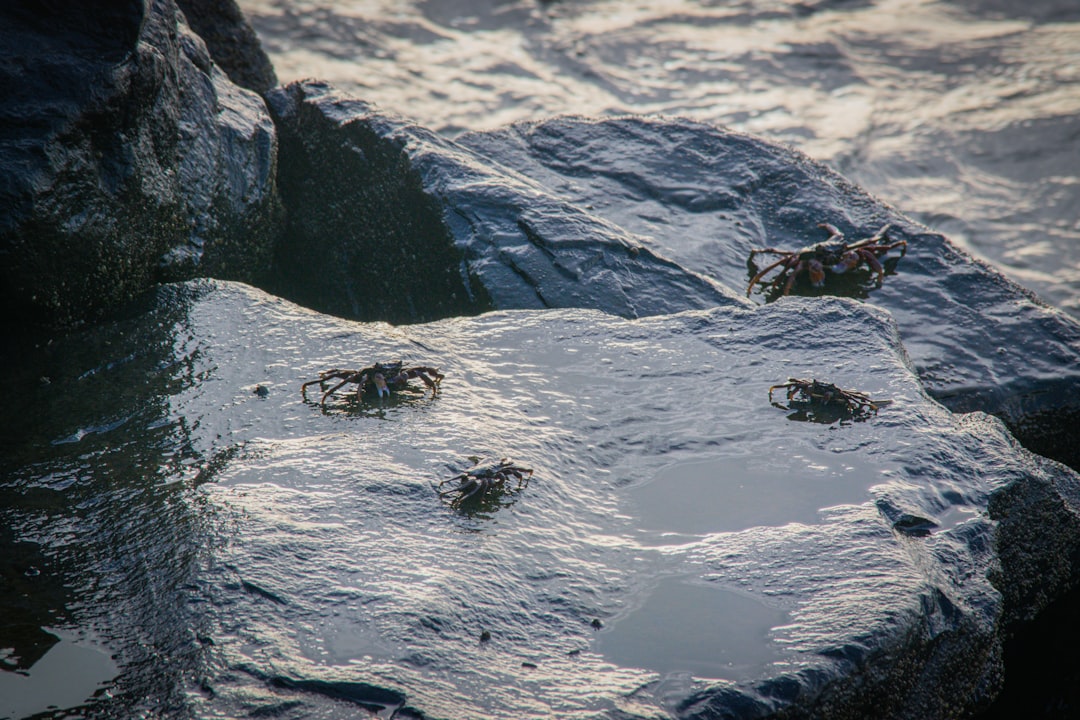
Some polar dinosaurs took survival to the next level with strategies that would impress any survival expert. Some dinosaurs might have dug in to survive the harshest months. Paleontologists working in southern Australia’s strata have found burrow-like structures from the age of Leaellynasaura, and elsewhere these structures actually contain small, herbivorous dinosaurs. It’s possible that dinosaurs might have burrowed as a way to escape the cold.
Think about that for a second – dinosaurs that went underground when things got too rough. These weren’t just mindless monsters stumbling around in the cold; they were developing sophisticated behavioral adaptations that allowed them to wait out the worst weather. Some species likely spent months underground, emerging only when conditions improved enough to make surface life bearable again.
The Dark Side of Polar Living

Living near the poles during the dinosaur age meant dealing with more than just cold temperatures. There is no evidence to suggest that the axis of the Earth has shifted significantly since then, meaning dinosaurs would have faced the same long days and nights that characterize life close to the poles. We’re talking about months of darkness followed by months of continuous daylight – a cycle that would mess with anyone’s internal clock.
But here’s the kicker – some dinosaurs seemed to thrive under these bizarre conditions. This, coupled with the species’ larger than average eye sockets, have made some scientists believe that the species maintained activity over the cold polar winter. Larger eyes meant better vision in low-light conditions, suggesting these creatures were actively hunting and surviving even during the darkest months of polar winter.
Size Matters in the Cold
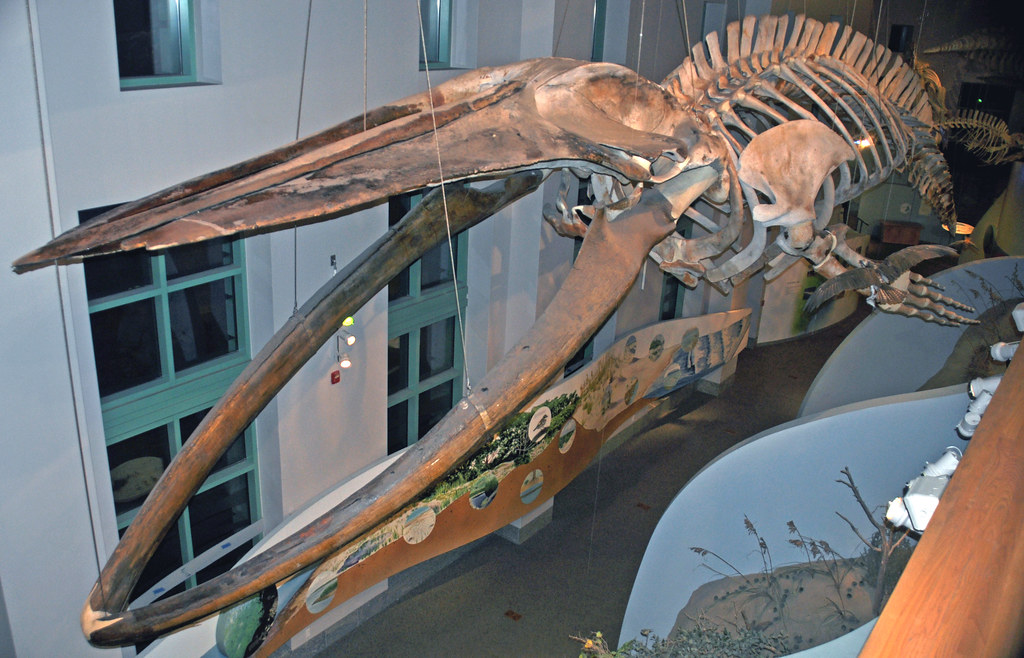
When survival gets tough, sometimes smaller is better. The local tyrannosaur in the Prince Creek Formation was not a familiar species seen elsewhere, but a unique and smaller predator – roughly the size of a polar bear – that Fiorillo and colleagues dubbed Nanuqsaurus. The comparatively small stature of this dinosaur, as well as the downsized species of horned dinosaur called Pachyrhinosaurus in the area, hints that types of dinosaurs that grew big elsewhere adapted to become smaller and thereby get by on less food in the cool of ancient Alaska.
This miniaturization makes perfect sense when you think about it. Smaller bodies need less food to maintain, and in harsh polar environments where resources could be scarce for months at a time, being efficiently sized was a major advantage. These Arctic tyrannosaurs were still formidable predators, but they’d evolved to be perfectly suited for their challenging environment rather than trying to maintain the massive sizes of their southern cousins.
The Color Secrets Hidden in Ancient Feathers
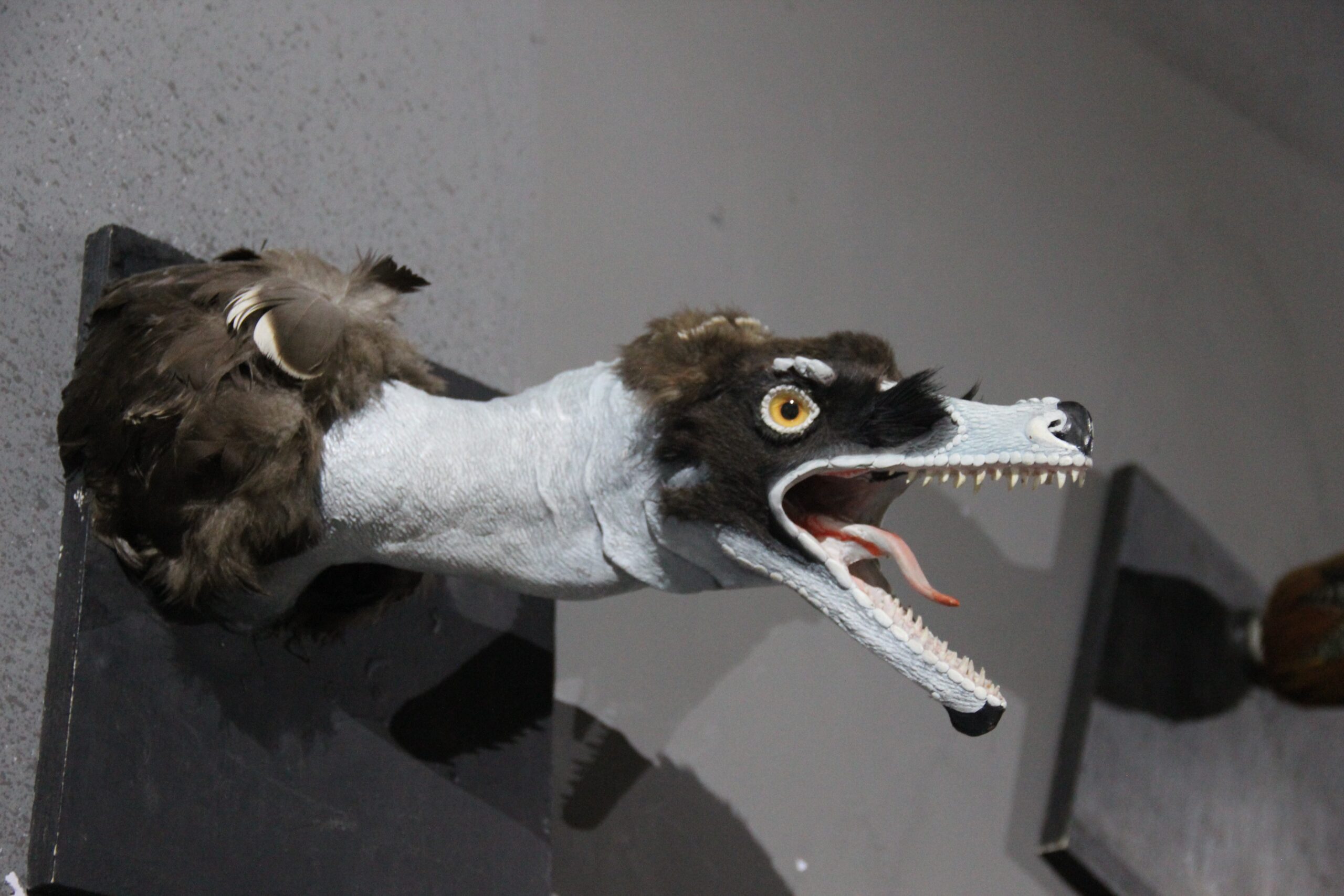
Scientists have even figured out what colors these polar dinosaurs might have been wearing. The study authors also found fossilized traces of packets of pigment called melanosomes in the feathers, suggesting that many of the animals would have been black, grey, or brown, or that they had dark stripes. This is somewhat surprising for polar animals, since dark coloration wouldn’t have been good camouflage in snowy, wintery environments. Maybe these dinosaurs and birds were changing color seasonally, as Arctic ptarmigans do today.
The idea of dinosaurs changing colors with the seasons opens up incredible possibilities. Picture a raptor with winter camouflage transforming to summer colors, or imagine herds of herbivores shifting from stark winter patterns to vibrant spring displays. It’s like nature’s first seasonal fashion show, happening millions of years before humans even existed.
Volcanic Winters and the Great Survival Test
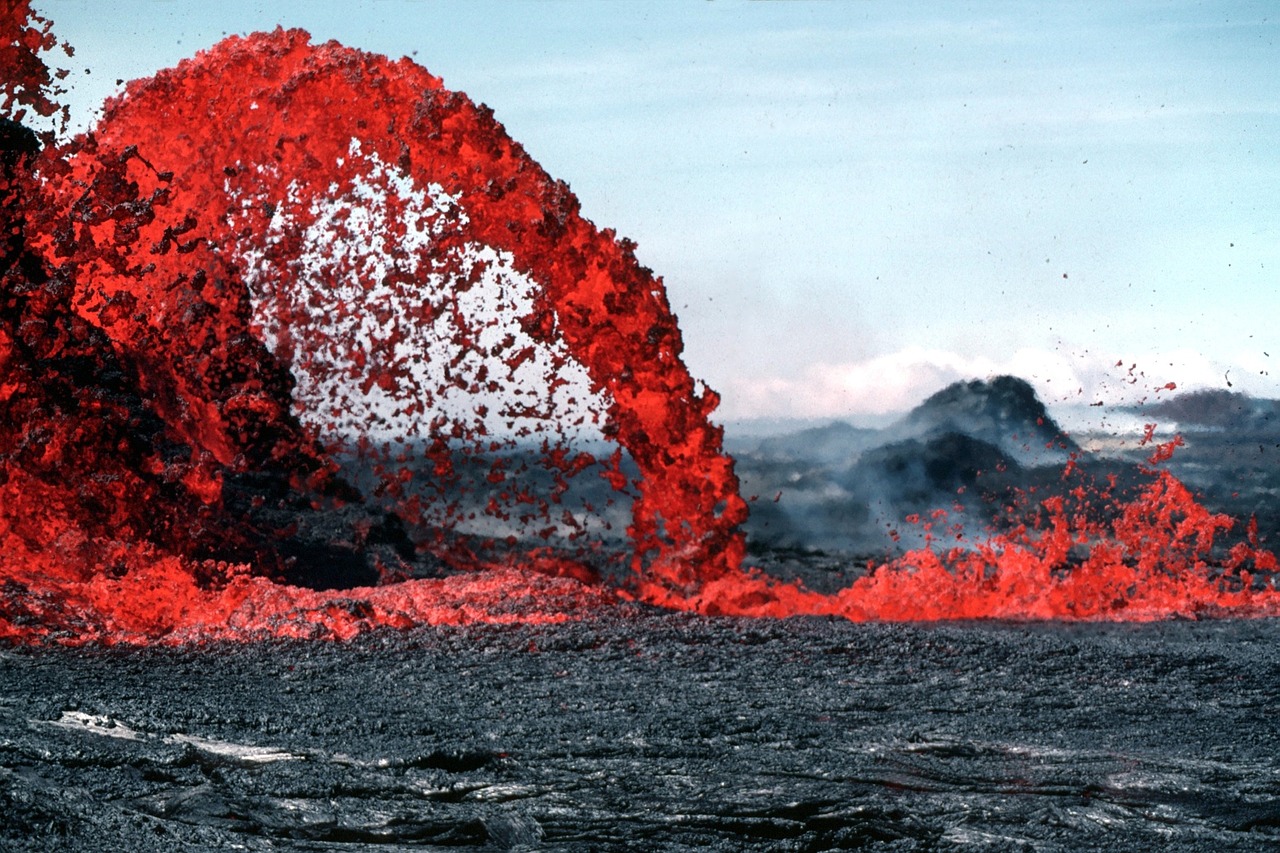
Dinosaur ecological dominance resulted from adaptations to cold, allowing them to survive volcanic winters 202 million years ago. This wasn’t just about surviving regular seasonal cold – dinosaurs faced what might have been the ultimate climate challenge when massive volcanic eruptions plunged the planet into extended periods of darkness and cold.
Transient but intense volcanic winters associated with massive eruptions and lowered light levels led to the end-Triassic mass extinction (approximately 201.3 Ma) on land, decimating all medium- to large-sized nondinosaurian, noninsulated continental reptiles. In contrast, insulated dinosaurs were already well adapted to cold temperatures, and not only survived but also underwent a rapid adaptive radiation and ecological expansion in the Jurassic, taking over regions formerly dominated by large non. While other reptiles froze to death, dinosaurs with their feathered coats essentially inherited the Earth.
The Ultimate Climate Survivors
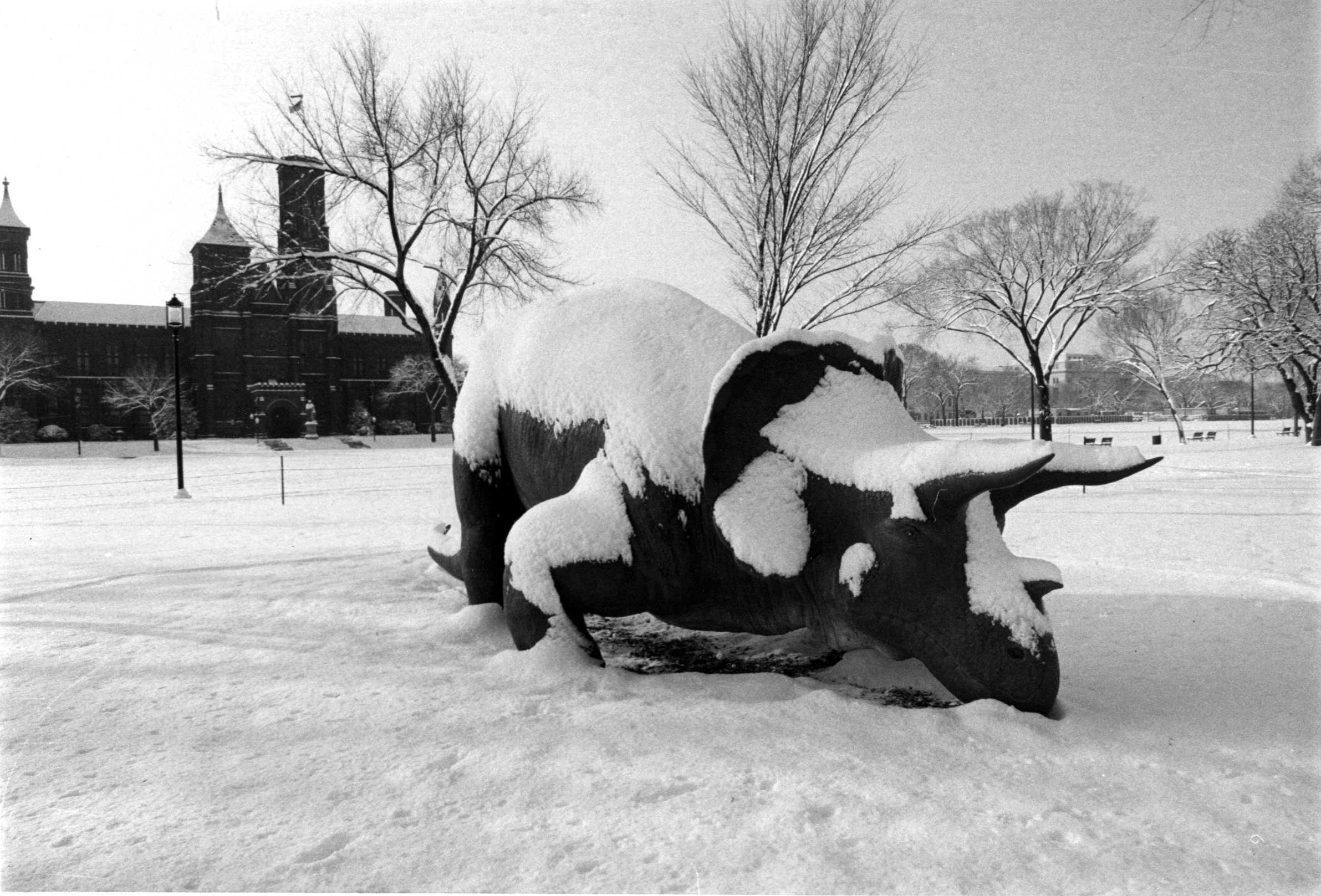
What makes these discoveries so remarkable isn’t just that dinosaurs survived in cold climates – it’s that they absolutely dominated them. As one of the most successful land vertebrate groups to ever live, we can learn so much about what shapes success and ecologies in the modern world from their existence. And while our original understanding of them in the 19th century was far more limited, we now know from fossil evidence that there wasn’t a place on Earth where dinosaurs could not tread.
These polar pioneers weren’t just surviving against the odds – they were thriving, raising families, and building complex ecosystems in some of the most challenging environments Earth has ever seen. From the icy shores of ancient Australia to the frozen lakes of prehistoric China, dinosaurs proved that with the right adaptations, life finds a way to flourish even in the most unlikely places. Their story teaches us that sometimes the biggest challenges lead to the most incredible evolutionary innovations.
The next time you’re shivering through a winter storm, remember those feathered giants who made polar living look easy millions of years ago. They didn’t just survive the cold – they conquered it, proving that sometimes the most successful creatures aren’t the ones who avoid challenges, but the ones who adapt to face them head-on. Makes you wonder what other impossible things these incredible animals accomplished that we’re still waiting to discover, doesn’t it?

